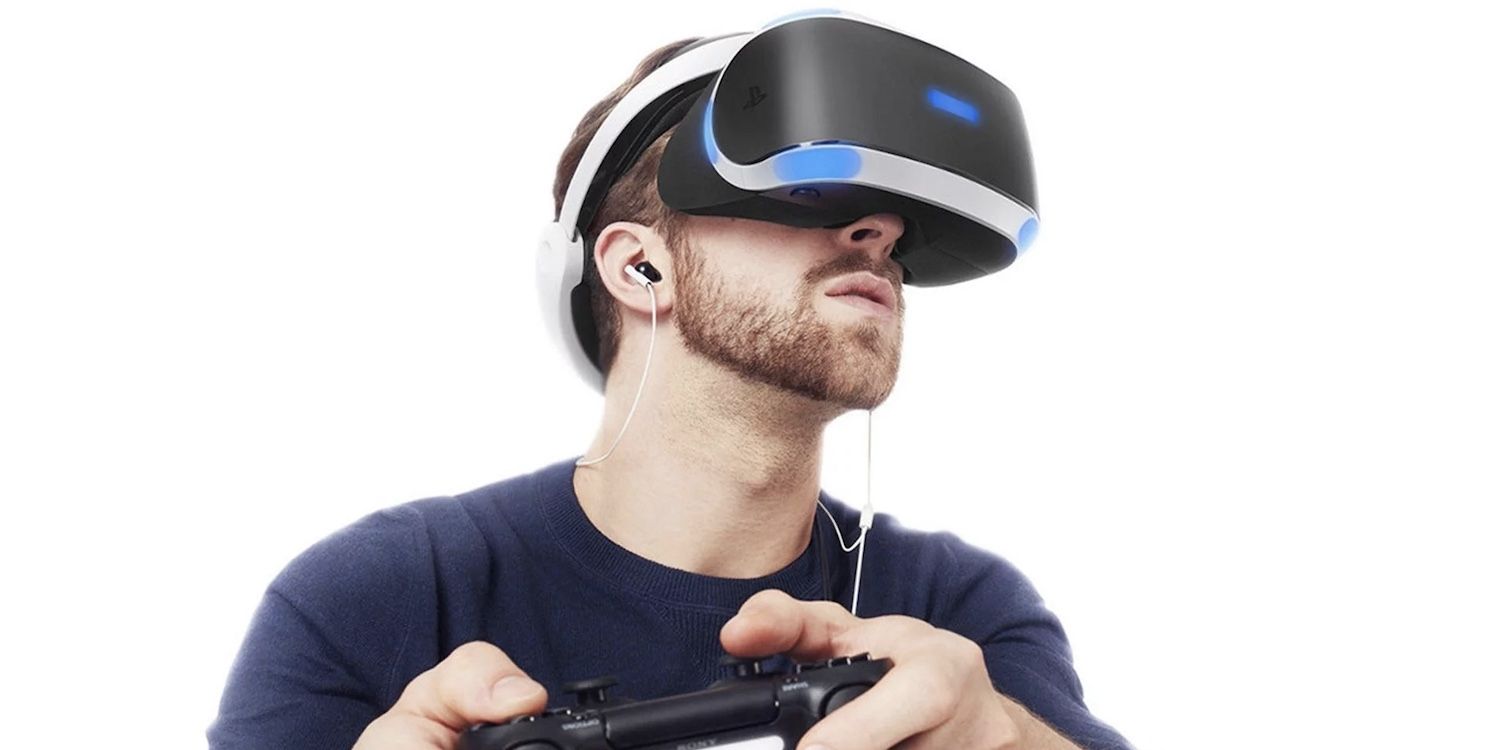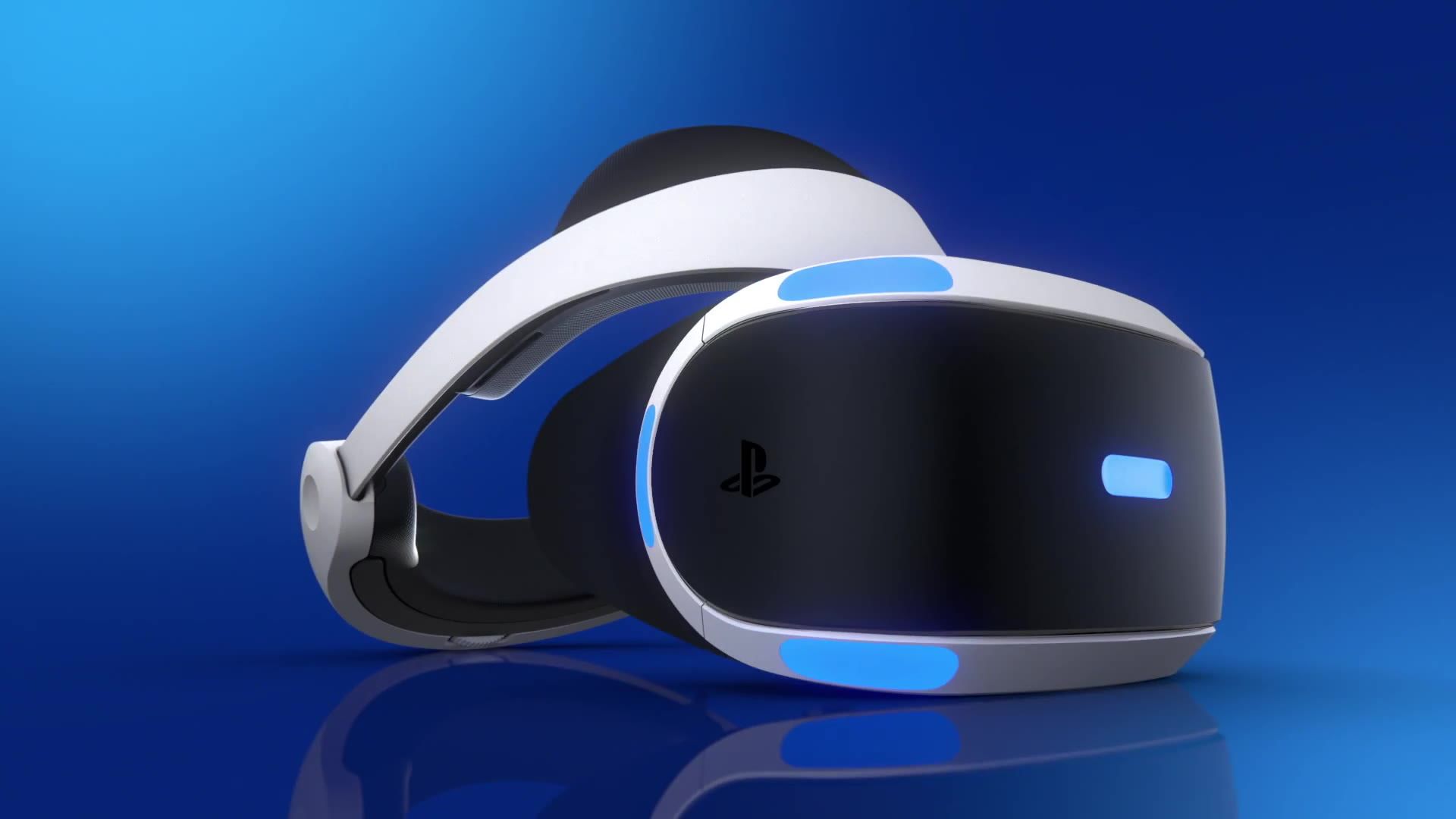The first details on the console that will become the PlayStation 5—not an official name, by the way, but history does seem to point in that designation’s direction—were unveiled earlier this week in a bombshell surprise announcement from Sony, and consumers are already intrigued.
The console boasts up to 8K resolution support, which likely won’t even matter for a few more years but is nice to have, and an SSD that is both sizeable at 1TB and apparently superior to those currently found in gaming PCs, if PlayStation 5 lead system architect Mark Cerny is to be believed. Oh, and the console will also be backward compatible, fulfilling the wishes and dreams of millions of Sony gamers who don’t want to have to purchase all their favorite titles from this generation as Classics in the PlayStation Store a few years down the road.
The most important announcement, though, is the one that Cerny made during his Wired interview about the direction of PlayStation VR. It’s no secret that PSVR hasn’t exactly set the industry ablaze with its innovations or popularity, and despite being the home of some good ideas that still feel like they’re in their nascency, it’s never felt like technology that was must-own. It’s price point is actually pretty reasonable at time of writing—around $199-249 USD depending where an interested party looks—so it’s not like the price of entry is keeping people away from talking about or experiencing PSVR.
No, that’s because the only thing preventing PSVR from being a bigger deal is, well, itself. There’s just no real reason to own PSVR yet. There are some truly incredible games available for the technology, with Beat Saber remaining one of the most enjoyable VR experiences on any platform, but it doesn’t feel like enough. Given that the price of the technology is close to the same as the new Xbox One S All-Digital, it’s an easy comparison to draw—if you’re paying console money for technology, you expect a console’s level of depth and variety when it comes to games and future prospects. The PSVR has been selling people on a dream for years, and just because Sony is going to continue the technology with the PS5 while supporting past headsets doesn’t mean that it’s suddenly worth investing in.

This isn’t to say that Sony was wrong for marketing the PSVR as a dream tech, the kind of thing that, down the road, fans will be happy they adopted early on. There was every reason to believe that was the case, and VR games are getting much more refined at a rapid pace. The technology was new, and fans wanted to try it, so Sony capitalized. The problem is this: the technology is no longer new, and consumers should begin adjusting expectation accordingly. Instead of one-off VR titles that are fun for a few hours and aren’t worth picking up again, games will be expected to be closer to Beat Saber or even Borderlands 2‘s VR offering. Sony wants to make PSVR a focal point for the PS5, and that means the company will finally need to sell people on it in the here and now, rather than what it could be in the future.
This is vitally important because, to the best of anyone’s knowledge, Sony doesn’t really have any major plans to launch a streaming service or platform. That makes sense, too—if you’re the best in the world at what you do, like Sony’s PS4 in the console market currently, there’s not really incentive to really shake things up moving forward. But if that is the stance the company is taking, it will need to make sure all of the major elements of the PlayStation 5 are compelling enough that gamers choose an upgraded version of what they’re accustomed to over the shiny new toys that Google Stadia and whatever Microsoft is cooking up will inevitably be.

When analysts look at the sales figures, the PSVR initially seems impressive: 4.2 million units sold, a games catalog that is beginning to resemble something compelling, and a reasonable price. That’s in contrast to the over 90 million PS4 owners that currently exist, though. Under 4 percent of current PS4 owners currently also have PSVR, an install rate that is pretty abysmal given the technology’s initial hype. VR technology continues to remain a priority for Sony, as the intention to make the PS5 continue to support current VR devices clearly shows. But Sony and the PS5 need to find another selling point for PSVR and find it quickly—it’s unrealistic to expect the PS5 will exert the same kind of dominance the PS4 had over this console generation. With new technology to compete against, a smaller install base of PlayStation 5 that buys PSVR in similar numbers would be a disaster for a major platform of the next-gen device’s business model.





